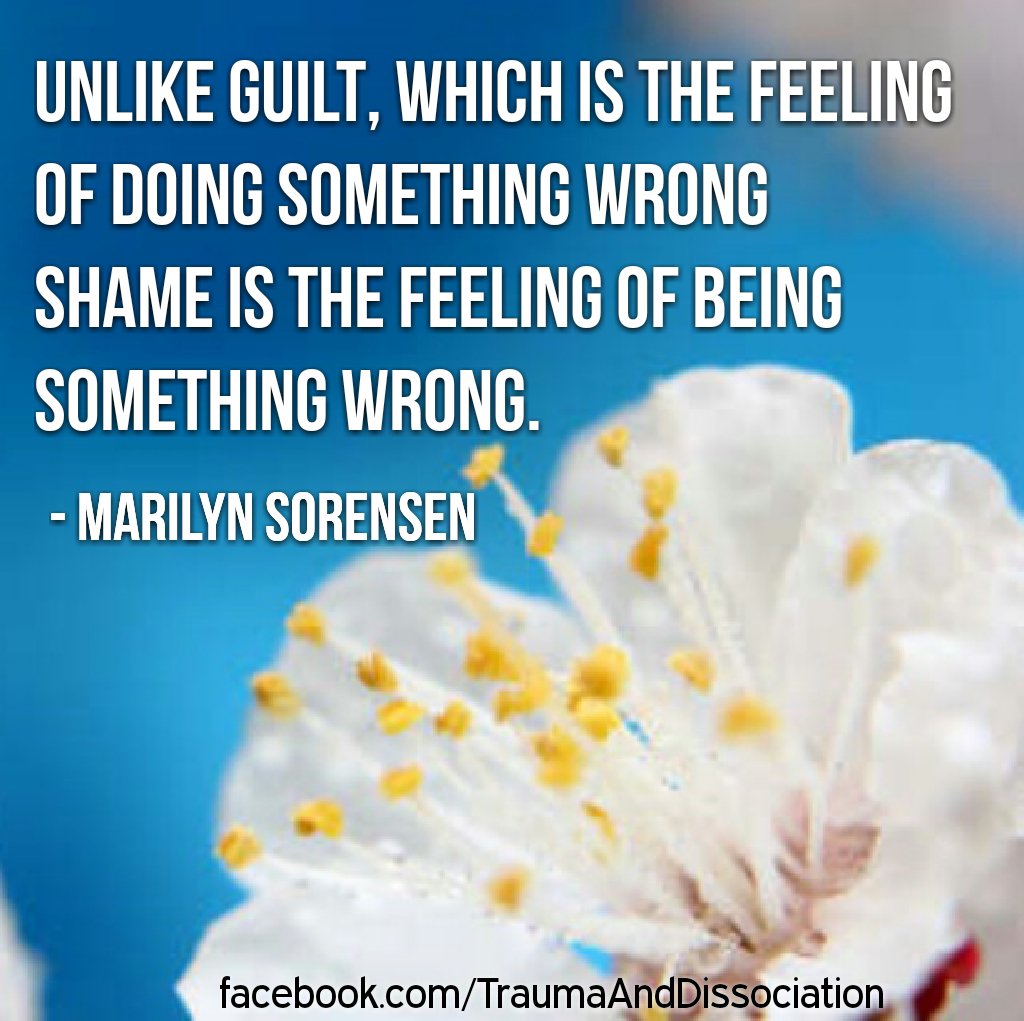
Male Abuse Awareness Week
~ May Trigger ~
Myth 1: Men can’t be raped or sexually assaulted.
Reality: Any man can be sexually assaulted or raped regardless of size, strength, appearance, age, occupation, race or sexual identity. The idea that men can’t be raped or sexually assaulted is linked to unrealistic beliefs that a ‘man’ should be able to defend himself against attack. Until 1997, under Australia’s Queensland Criminal Code, the offence of rape could only be committed against a woman.
Myth 2: Only gay men are sexually assaulted.
Reality: Any man can be raped, whether he identifies as straight, gay, bi, transgender or fluid sexuality. Rape is an act of force or coercion where someone’s personal choice is ignored. Just as being robbed does not tell you anything about someone’s sexuality, neither does rape. However, research does suggest that gay identifying men are more likely to be the subject of sexual violence.
Myth 3: It is gay men who sexually assault other men.
Reality: Most men who sexually assault other men identify themselves as straight.
Myth 4: Men cannot be sexually assaulted by women.
Reality: Although the majority of sexual assaults of men are committed by men, women do sexually assault men. Sexual assault is not always enacted through overwhelming physical force: it can involve emotional manipulation whereby a man can be coerced into sexual act out of fear of potential repercussions for his relationships, work, etc. The number of men identifying sexual abuse by a woman as a boy or young man has increased over the past few years. Ideas that men should always want sex with women and that as a young man you should feel lucky if you have sex with an older woman also make it difficult for a man to publicly name sexual assault by a woman.
Myth 5: Erection or ejaculation during sexual assault means you “really wanted it” or consented to it.
Reality: Erection or ejaculation are physiological responses that can be induced through manipulation and pressure on the prostate. Some people who commit sexual assault are aware how erections and ejaculations can confuse a man and this motivates them to manipulate their body and penis to the point of erections or ejaculation. They also can use this manipulation as a way to increase their feelings of control and to discourage reporting of the offence.
Myth 6: Most rapists are strangers.
Reality: Most men know the person who assaults them in some way. Often he/she is well known to them. They may be a friend, neighbour, boss or a relative, father, uncle, aunt, brother, sister, partner or ex partner. They may be a tradesperson or a professional e.g. doctor, teacher, psychiatrist, police officer, clergy or public servant.
Myth 7: Some people physically can’t commit rape.
Reality: A person’s physical strength, sex, sexual potency and sexual preference does not affect their ability to rape. Sexual assault can be committed through coercion or manipulation, by using fingers or objects such as sticks, marker pens or bottles. Rape is not all about physical force: young people and old people do sexually assault young and old people.
Myth 8: Men who sexually assault can’t control their sexuality.
Reality: People can control their sexual desires if they want to, however strong they might be. No “desire” gives anyone the right to violate and abuse another person. Far from being caused by lack of control, many sexual assaults are pre-planned and involve considerable abuse of power and control.
Myth 9: Men who have been sexually assaulted will go on to perpetrate sexual assault.
Reality: The majority of men who experience sexual violence do not perpetrate abuse or assault (they are horrified by such a suggestion). This is one of the most difficult myths for men: it can make men very reluctant to talk about experiences of rape or sexual abuse. There is no evidence to suggest an automatic route from experiencing abuse to going on to commit sexual offences. However, particular experiences (additional to sexual abuse) and models of masculinity are associated with an increased risk of someone perpetrating abuse.
Myth 10: Men who are raped are damaged and scarred for life.
Reality: Men can and do survive sexual assault, physically and emotionally, and go on to live full lives, enjoying rewarding relationships as friends, partners or parents. Although sexual assault can have a profound impact on men, they can and do find a way through and live the kind of life they would like. The media and many professional publications concentrate on stories of damage, recounting horror stories of what happened and the associated problems, without providing equal time to detail how men get on with their lives.
Source:
http://www.livingwell.org.au/information/unhelpful-myths-about-the-sexual-assault-and-rape-of-men/ (some changes made)
Help and Information
http://help4guys.com
http://www.helpguide.org/articles/abuse/help-for-abused-men.htm Domestic violence information and help





You must be logged in to post a comment.